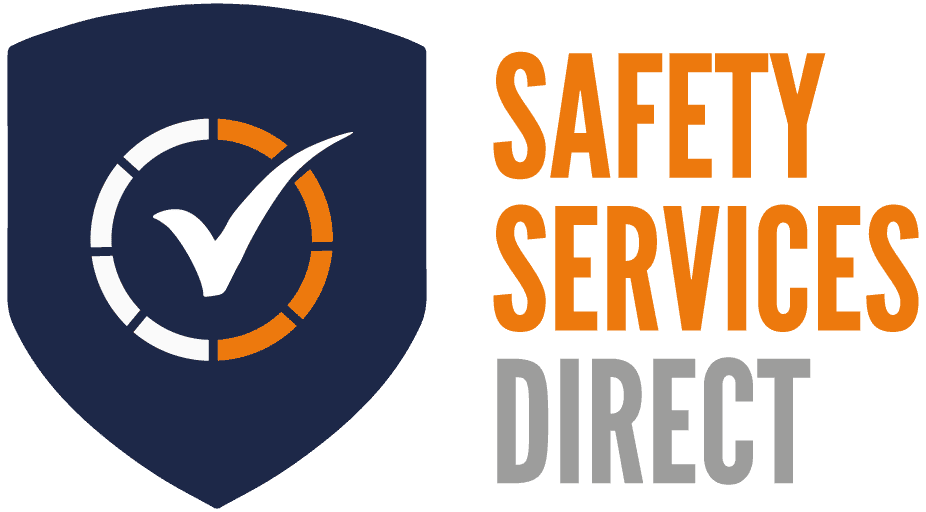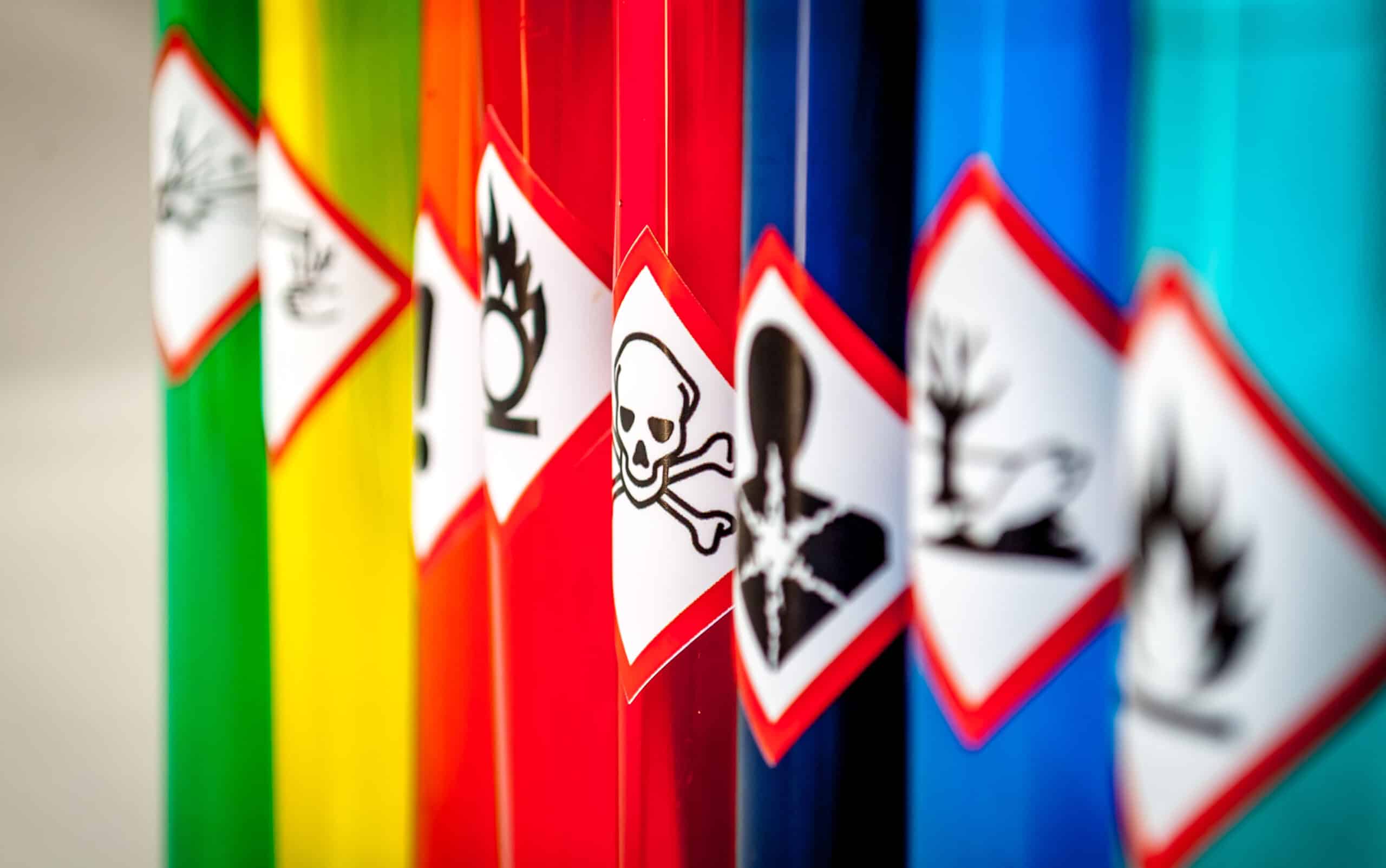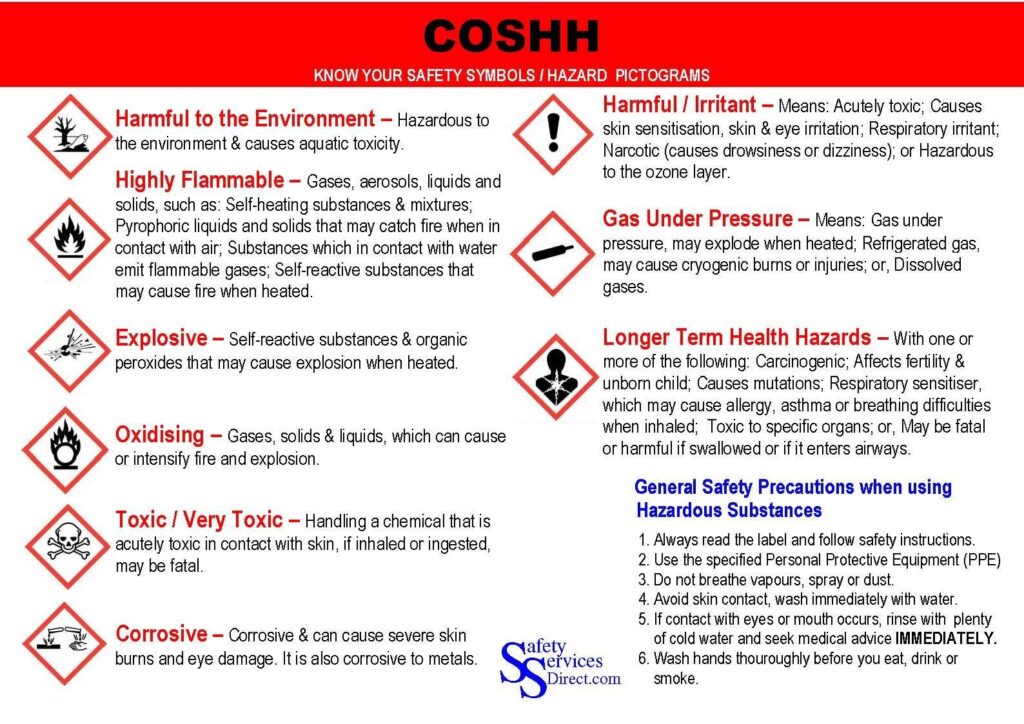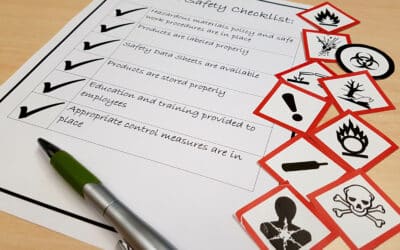Updated 08/06/2023
The health and safety of employees in the workplace is of paramount importance, especially when it comes to handling hazardous substances. The Control of Substances Hazardous to Health (COSHH) regulations play a vital role in ensuring the protection of workers from the potential risks associated with these substances.
In this article, we will delve into the responsibilities that both employers and employees bear under COSHH, shedding light on the measures and precautions necessary to maintain a safe working environment. By understanding and fulfilling these responsibilities, we can create a healthier and more secure workplace for all.
What Is COSHH?
COSHH is the Control of Substances Hazardous to Health, which is the law that requires all employers to control these substances. Under the COSHH Health Regulations 2002, employers have to prevent, reduce and control exposure to substances that are deemed hazardous, to prevent employees and contractors from becoming ill.
Diseases such as lung disease, cancer and skin diseases can be contracted through hazardous substances. By following the regulations, a company can save money by not having to replace trained workers, improve productivity and cut waste. Healthy workers will lead to healthy products.
What Is A Hazardous Substance?
Hazardous substances can come in various forms, including biological agents, chemicals, dust, fibres, fumes, gases, and nanoparticles. Exposure can occur in various industries, such as quarries, metal finishers, and woodworking factories. Inadequate control of these substances puts workers at a high risk of many deadly illnesses.
Additionally, mundane substances such as glue, paint, ink, beauty products, and detergent can also cause harm if not used properly. For instance, benzene found in crude oil is known to cause leukaemia. Flammable substances, including solvent-based products and dust from flour or wood, can also pose risks, such as fire or explosions.
Exposure to hazardous substances can occur through:
- Inhalation of gases, mist, dust, or fumes – This can affect the nose, throat, lungs, and even other organs like the liver.
- Contact with the skin – This can lead to skin damage or absorption into other parts of the body, including through direct contact, splashing, airborne dust, or contact with contaminated surfaces.
- Ingestion – For example, by transferring chemicals to the mouth via unwashed hands
- Contact with the eyes – This can include irritation to the eyes from dust, gas, or vapours and splashes from caustic fluids causing permanent eye damage.
What Are Your COSHH Responsibilities As An Employer?
As an employer, you have legal obligations to ensure the health and well-being of your employees. These COHH responsibilities are set out under the Control of Substances Hazardous to Health (COSHH) regulations and include identifying and mitigating risks in the workplace, especially those related to hazardous substances.
Conducting COSHH Risk Assessments
One of your primary responsibilities is to conduct a COSHH risk assessment. It is a set of guidelines that were introduced by the HSE in 1988, which aims to ensure that businesses working with hazardous substances do so in a safe way, thereby reducing the risk to employees’ health.
This assessment aims to identify and evaluate the risks associated with hazardous substances present in your workplace. If your business deals with hazardous substances, completing a COSHH risk assessment is essential.
A COSHH risk assessment includes gathering information about the substances used in your workplace and evaluating the potential for health risks by considering the possibility, frequency, level, and duration of exposure. Based on these factors, you can determine whether the exposure could pose health risks to your employees.
Choose & Implement COSHH Control Measures
Now that you have identified the potential for health risks, you can determine which measures and controls you could implement to reduce these risks. Not all hazards can be tackled immediately, so you will need to prioritise which health risks are most serious, deal with those and then move on from there.
When choosing control measures, consider the hierarchy of control:
- Elimination – These are the hazardous substances that should be completely eliminated from your workplace.
- Substitution – Here, you will substitute hazardous substances for less harmful alternatives.
- Isolation – In some instances, you can enclose processes or equipment where hazardous substances are present.
- Engineering – Make changes to your processes to eliminate or reduce the risk of exposure.
- Administration – You can also install COSHH symbol posters and implement training to educate employees and prevent their risk of exposure.
- Personal Protective Equipment (PPE) – PPE, such as gloves and goggles, can help you to reduce your employees’ risk of exposure.
Providing Employees With COSHH Training
The COSHH Health Regulations also stipulate the importance of providing employees with COSHH training. Such courses educate workers on hazardous substances and how to work safely with them.
Safety Services Direct offers online training that is suitable for workers in various industries and provides a cost-effective and convenient way to ensure employees are informed and equipped to handle hazardous substances.
COSHH Documentation & Reviews
Legally, you are obligated to take a record of your COSHH assessment results if you have five or more employees. This should include information such as the hazards present, the measures you have chosen to implement as well as the reasoning behind these choices.
You will also need to regularly review your COSHH assessment. This is to ensure that your control measures remain effective. However, should you find that your current assessment is no longer valid or that the situation in your workplace has changed significantly, then you will need to conduct a review immediately.
What Are Your COSHH Responsibilities As An Employee?
Under COSHH (Control of Substances Hazardous to Health) regulations, employees have several responsibilities, including:
- Making proper use of any control measures put in place to mitigate risks
- Following the instructions provided by their employer regarding the safe use of hazardous substances
- Reporting any accidents, incidents, or near misses related to hazardous substances promptly
- Practising good personal hygiene, especially when handling hazardous substances
- Using personal protective equipment correctly and consistently
- Storing and labelling hazardous substances correctly
- Familiarising themselves with the emergency procedures in case of spills, leaks, or exposures
- Undergoing appropriate training on the safe handling, storage, and disposal of hazardous substances, as well as keeping up to date with the latest training
Do You Understand Your COSHH Responsibilities?
COSHH places significant emphasis on the shared responsibility between employers and employees to protect against the dangers posed by hazardous substances.
Employers must diligently assess risks, implement effective control measures, provide adequate training, and maintain comprehensive documentation. On the other hand, employees play a crucial role by adhering to instructions, using protective measures, reporting incidents, and staying informed about the potential hazards they may encounter.
By working together and prioritising safety, we can create workplaces that not only comply with COSHH regulations but also foster a culture of well-being, ensuring the health and vitality of everyone involved.








